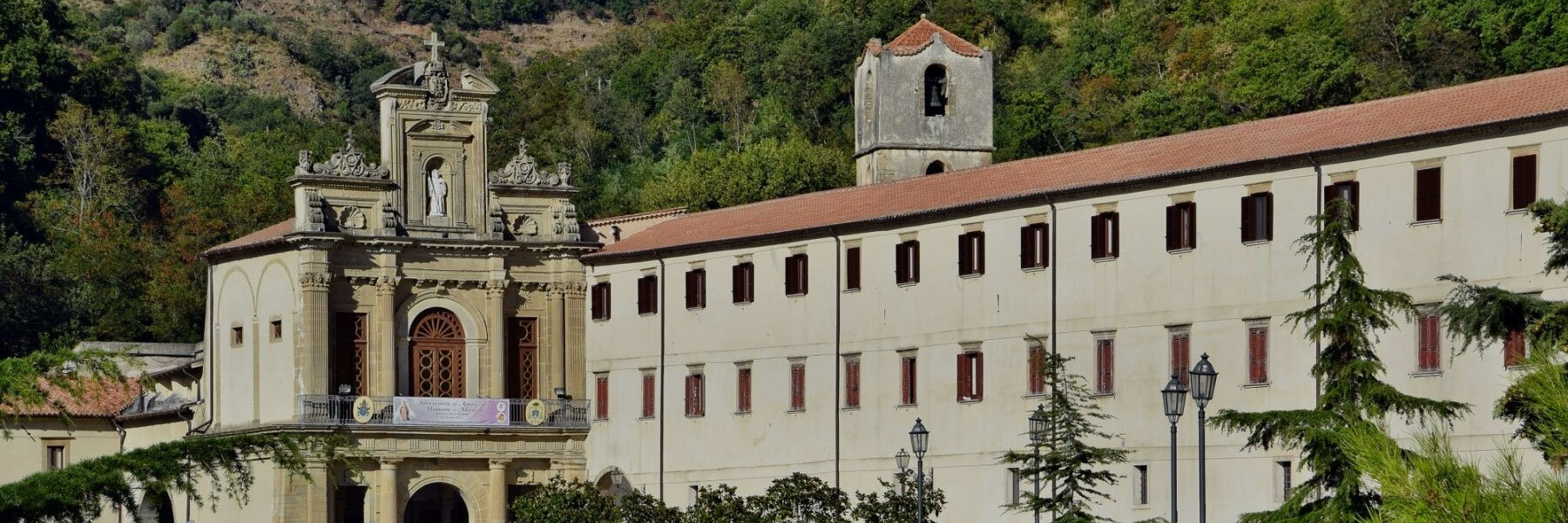Francesco di Paola, the simple boy who became the beloved patron saint of Calabria
Francesco Martolilla, write down this name. He was the humble boy born in Paola in 1416, people considered him a predestined to sanctity since adolescence.
Contemporaries saw him as a champion of humility, an exemplary man, determined to follow his penitential choices, he didn’t give up.
The famous sanctuary – in the places where he lived as a hermit in 1400 – is among the most popular tourist destinations in Calabria.
From all over the world, tourists, travelers and men of faith who arrive in Calabria, plan a stop in Paola, on the west coast of Calabria, also known as Basso Tirreno Cosentino. They all want to visit the sanctuary of San Francesco di Paola.
His mother, Vienna, and the vow to Francis from Assisi
As infant, Francesco was examined by doctors that diagnosed a malfunction in one eye.
His mother, Vienna, prayed with all her strength the famous St. Francis from Assisi, she was willing to commit to a big promise: she would have steered her son towards Franciscan spirituality if only a miracle had healed the child.
The baby healed. Francesco, almost fifteen years old, could know the Franciscan world. His parents let him spend a year in the convent of the Franciscans in San Marco Argentano, in the province of Cosenza.
Francesco di Paola, the deprivation and the solitary life
At the end of that experience he had, in his heart, already embraced the dream and the mission of founding his own spiritual movement (we refer to the future Order of Minimi). He started from the idea of a very hard hermit’s life, consisting of extreme deprivation, sacrifice and abstinence.
After a “training trip” with his parents in Assisi, Loreto, Rome, a passage in the benedictine abbey of Montecassino, he returned to Paola to retire to a savage place and begin a solitary life.
He had been able to observe closely how the monastic orders worked, and had also understood the political logic and social dynamics within the Vatican.
He took all material comfort away from himself.
We like to think that Francesco was one of the first vegans in history 🥬 , with an awareness and a conviction never seen before in other hermits.
The first refuge to live as hermit
He built a rough bed and made a small cave in the earth that served as a makeshift shelter, right in the places where today you find the most visited sanctuary in Calabria.
The current building has incorporated every original trace.
The followers and the miracles
Local people helped him in his quest to build a chapel and to make the hermitage more welcoming, where he subsequently welcomed the first followers.
He gave advice and comfort to thousands of people. He was a moral leader. The Gospel was more beautiful if he was the storyteller. His words worked. His words opened the hearts of simple people and churchmen understood: that man would leave an eternal mark.
Several patients were the protagonists of miraculous healings.
The death in France, the Church process and the road to sanctification
He had to go in France, King Louis XI had requested his presence at royal court with a certain insistence. Louis wanted his wise advice.
When Francesco died in Tours, in 1507, the Church organized the process. The Pope’s entourage and the bishops investigated. They made a collection of evidence and an examination of witnesses of the wonders and of the healings – which led to the proclamation as a saint on 1st May 1519.
The religious itinerary in the sacred place of san Francesco di Paola
In the sanctuary, tourists and devotees can make an articulated cultural tour, which culminates in the chapel at the end of the side aisle of the ancient basilica, an area that corresponds to the first church built by the saint. Here you can admire:
- a reliquary with five bone fragments, returned to Italy in 1935, since Francesco’s remains had suffered the incendiary devastation caused by the Huguenot heretics in the 16th century;
- the cape, iconic “tool” used by the saint, there is a copious iconography of the stunning crossing of the Strait of Messina “by cape”;
- the scapular with cowl, the tunic, the sandals and the socks;
- the molar, which according to tradition he gave to his sister Brigida before leaving for France;
- the pot, the hagiographers associate it with the incredible cooking of a bean soup made in just a few seconds, to remedy an oversight;
- an authentic copy of the beatification and canonization processes;
- a rosary;
San Francesco di Paola is the patron saint of Calabria and of seafarers.

